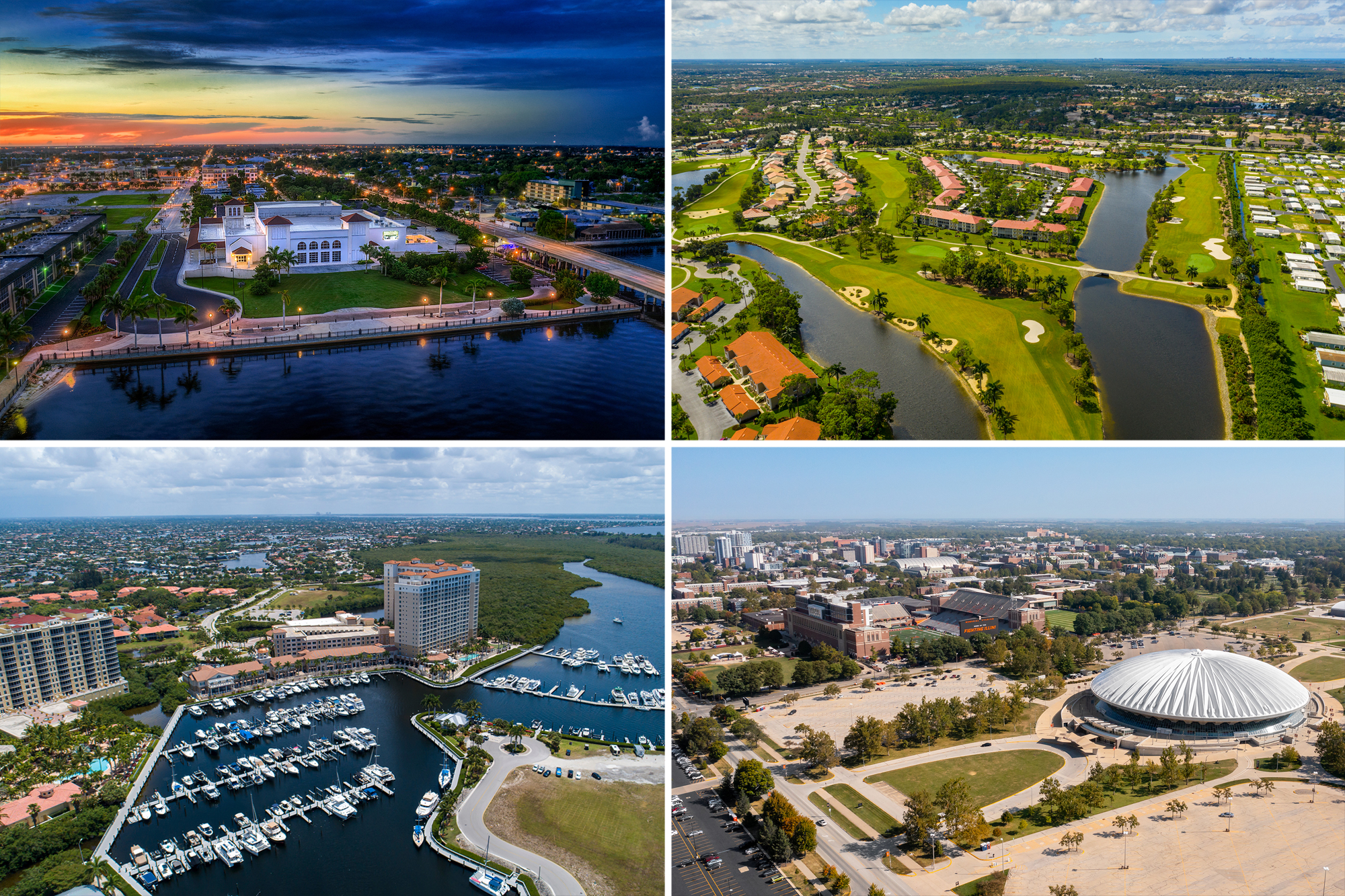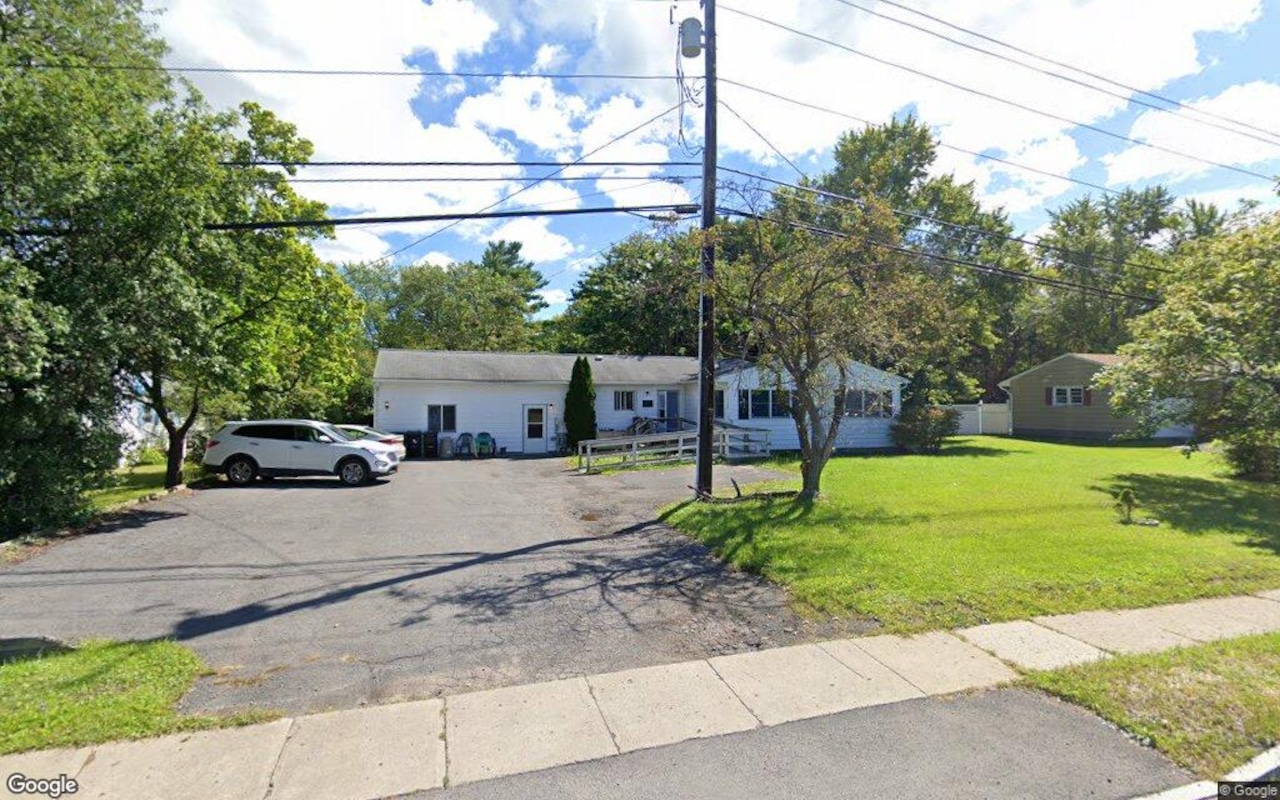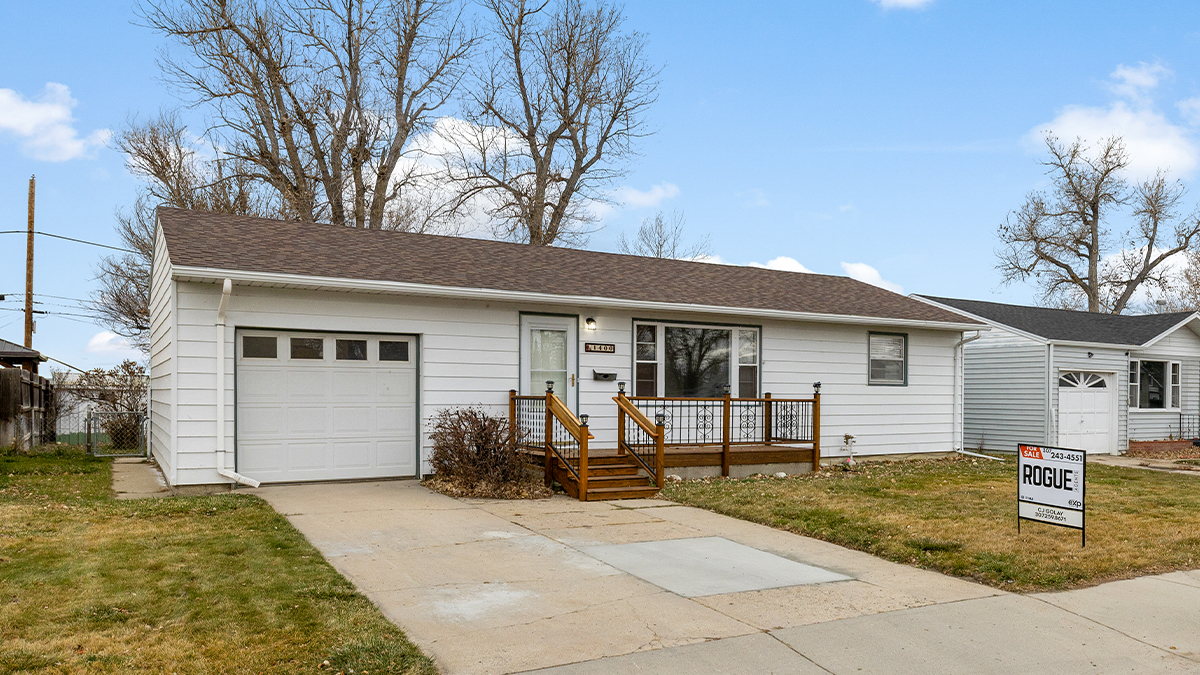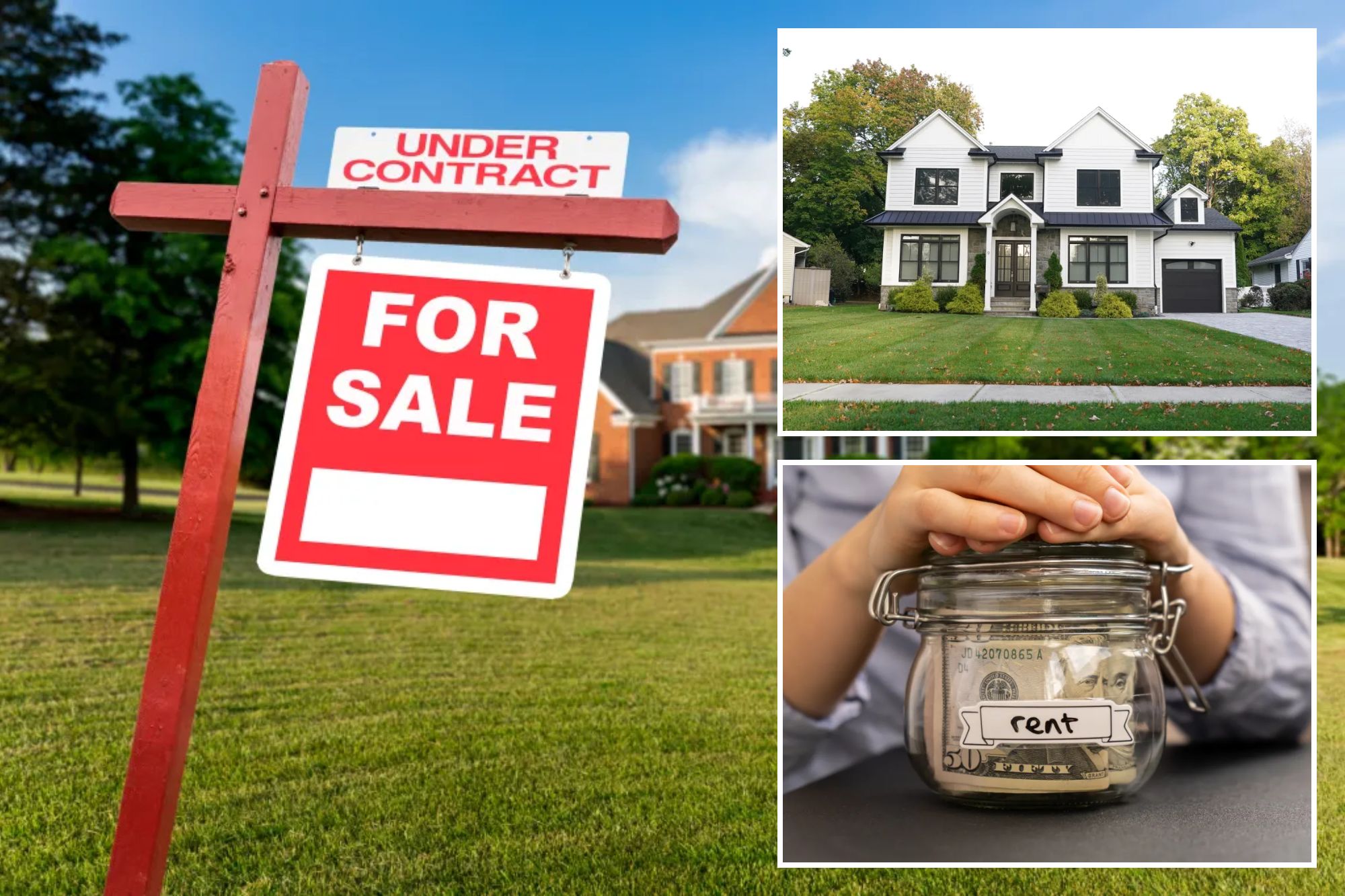T
he U.S. housing market is cooling as late fall approaches, and Florida tops the list of metros with the steepest price declines. A Cotality study of the 100 largest cities found that seven of the ten “coolest” markets are in Florida. Cape Coral led the state with a 7.1 % year‑over‑year drop in September, the second‑largest decline nationwide after Champaign, Illinois. Naples followed at 6.7 %, then Punta Gorda (6.2 %), Sebring (5.2 %), North Port (5.1 %), Brownsville (4.8 %) and Sebastian (4.6 %). Wichita Falls, TX and Kahului, HI also appeared in the top ten.
Real‑estate broker Cara Ameer of Coldwell Banker Vanguard Realty explains that many of these towns are retirement or second‑home destinations with limited industry, lower wages, and little job growth. “There’s no influx of people for work, so demand for buying and renting drops, creating a perfect storm for falling values,” she says.
In August, Cape Coral’s median single‑family price was $350,000—down almost 7 % from the previous year and more than 13 % below the pandemic‑boom peak of 2022. North Port homes sold for 20 % less than three years ago. Rising mortgage rates, higher insurance premiums, and increasing foreclosure rates have dampened buyer interest. The Gulf‑Coast city faces hurricane risk and flooding, making insurance costly; its premium‑to‑market ratio is 2.2 %, the third‑highest in the country. A homeowner on a $350,000 property would pay about $7,700 annually for insurance.
Florida’s lack of state income tax does not fully offset these rising costs for lower‑income residents, Ameer notes. Cape Coral also ranks third in foreclosure rate among 225 metros with populations over 200,000, according to Q3 2025 ATTOM data. Yet Karen Borrelli, president of the Royal Palm Coast Realtor Association, cautions that the uptick in foreclosures and short sales does not signal an imminent crisis. She attributes the price correction to an over‑heated market during the pandemic, followed by higher insurance costs and mortgage rates that pushed many buyers away. As affordability improves, demand is expected to rebound.
Borrelli observes that the cooling is mainly in prices, not sales volume. “Buyers are still coming, and the lower prices are attracting the same number of transactions,” she says, adding that it may be an opportune time to purchase. Sellers, however, often set unrealistic price expectations based on the COVID‑era boom, causing homes to linger on the market. Some are offering concessions; others, especially in Miami, are delisting and waiting for better conditions.
In spring, about one‑third of North Port listings received price cuts, with Cape Coral close behind at 28 %. Borrelli remains optimistic: the local market fundamentals are solid, and as prices stabilize, demand should return.













